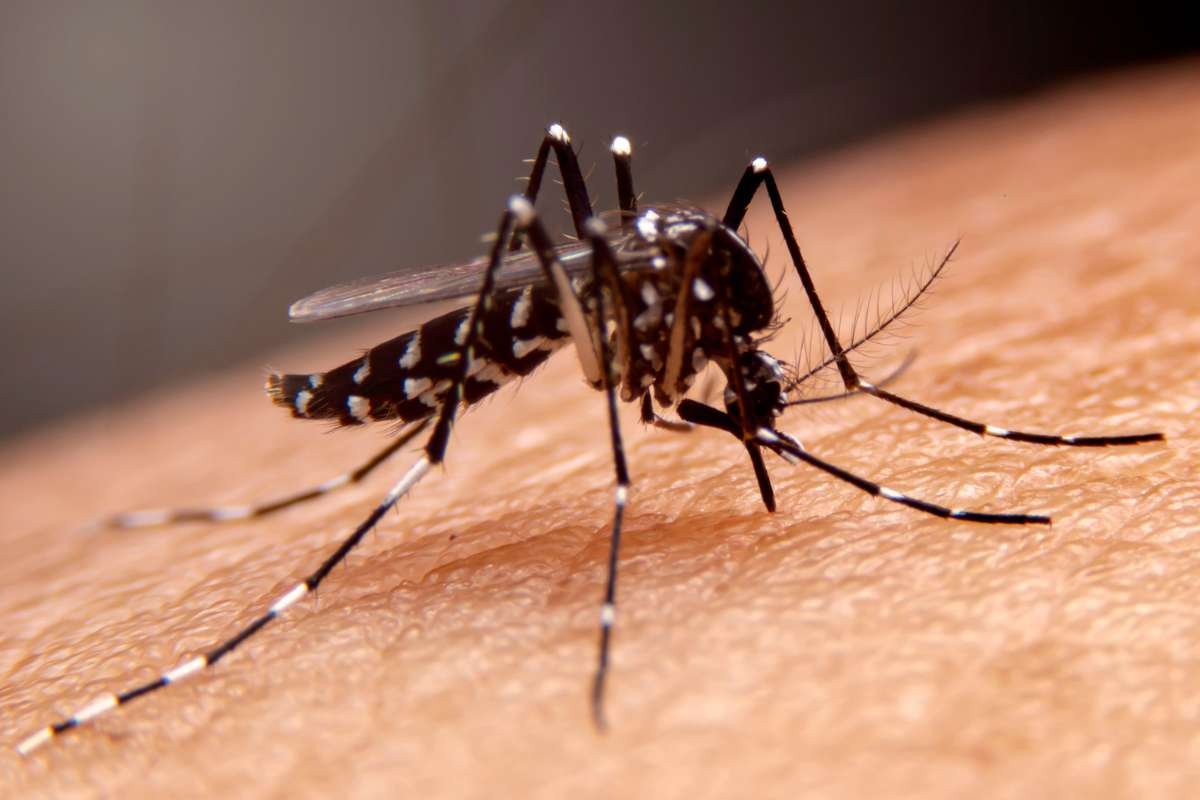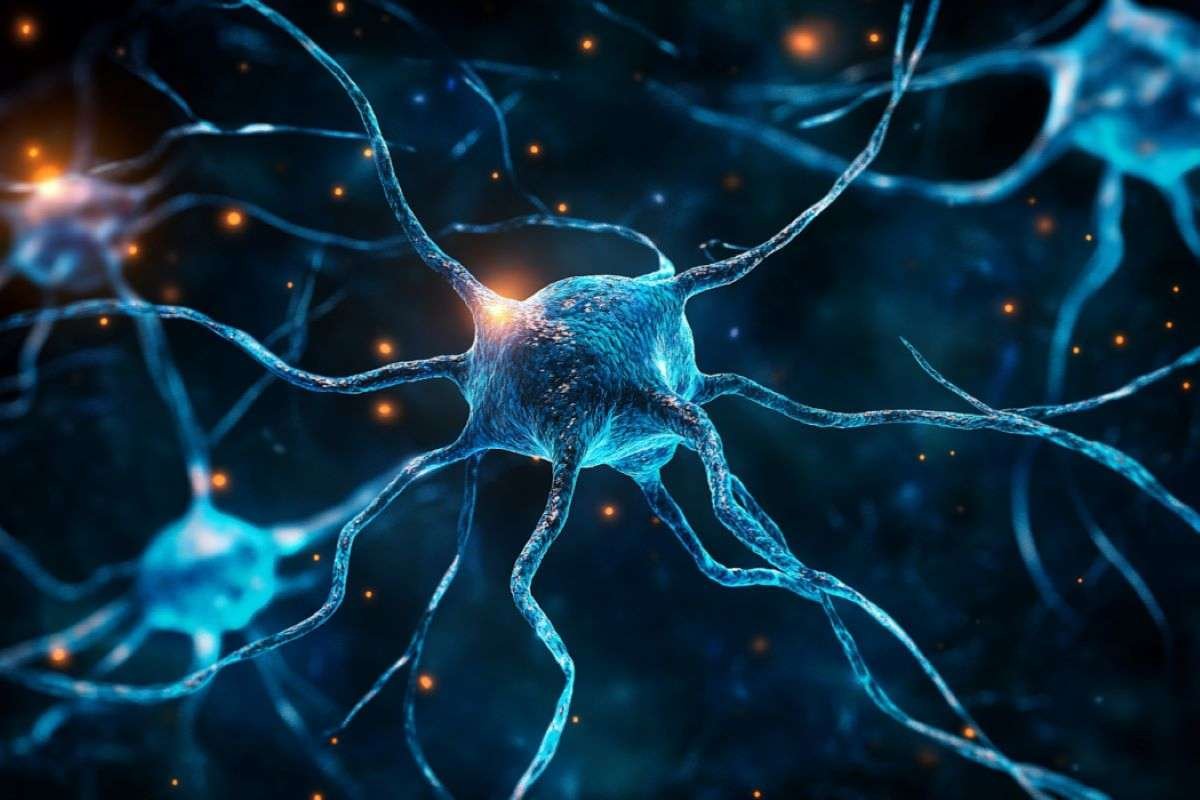A new study from researchers in Germany has uncovered a dangerous chain reaction in the brain when its energy supply is disrupted—such as during a stroke. Led by the Cellular Neurobiology group at Ruhr University Bochum, in collaboration with the Universities of Düsseldorf and Twente, the study reveals how neurons under metabolic stress begin releasing glutamate surges in erratic, harmful bursts. These abnormal surges are not only long-lasting and localized, but they also self-amplify, creating a toxic environment that damages nerve cells and disrupts normal brain function.
The brain typically relies on a delicate balance between neurotransmitter release and reuptake, a process heavily dependent on consistent energy. But when this balance is disturbed, such as through interrupted blood flow during a stroke, it can lead to a buildup of the excitatory neurotransmitter glutamate. According to researcher Tim Ziebarth, this imbalance severely compromises synaptic communication and cell survival.
From Rare Events to Self-Reinforcing Toxicity
Using an innovative fluorescent sensor protein, the researchers tracked real-time glutamate activity in brain tissue models. They found that under normal, energy-rich conditions, neurons exhibited predictable, localized glutamate releases. However, once energy depletion was induced, the frequency and intensity of unusual release events skyrocketed. These atypical events—large, prolonged, and spatially erratic—began occurring more regularly and became the primary cause of elevated extracellular glutamate levels.
Crucially, the study found that under energy-deficient conditions, normal glutamate surges release mechanisms—which require significant energy—came to a halt. In their place, these abnormal “plume-like” events took over, flooding the brain with glutamate and triggering a dangerous feedback loop. The study also showed that when glutamate receptors, particularly NMDA receptors, were blocked, the harmful release events could be significantly reduced, offering a potential therapeutic pathway for minimizing brain damage in stroke patients.
Unresolved Questions and New Paths for Research
While the findings offer important insights into how glutamate dynamics shift under metabolic stress, several questions remain. The exact mechanism behind these atypical release events—and which cell types are primarily responsible—are still unclear. Further research is needed to determine how much these events contribute to real-world conditions like strokes and neurodegenerative diseases.
Professor Andreas Reiner, a senior researcher on the project, emphasized the importance of continuing this line of investigation. “We know that high glutamate levels are toxic to neurons. What we need to understand now is the extent to which this abnormal release mechanism plays a role in the progression of neurological conditions.”
Interestingly, similar glutamate plumes have been observed in models of cortical spreading depression and migraines, suggesting that this phenomenon could be a more general response to impaired uptake of glutamate surges across various brain disorders.
As researchers delve deeper into the link between energy metabolism and neurotransmitter behavior, the hope is to develop more effective interventions that can halt or even reverse the damaging cascade triggered by energy deprivation in the brain.
Visit The Lifesciences Magazine to read more.







